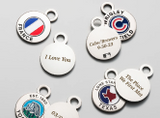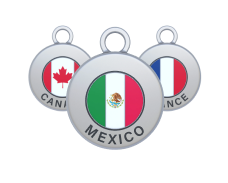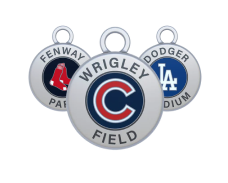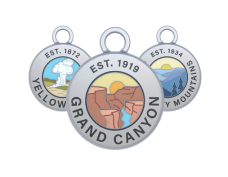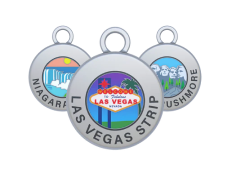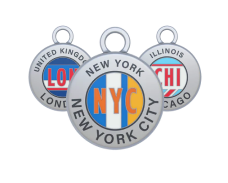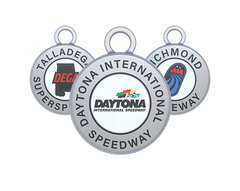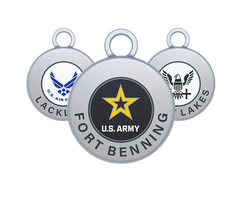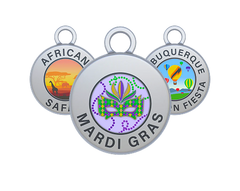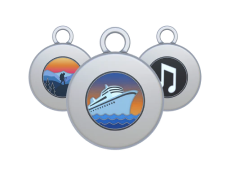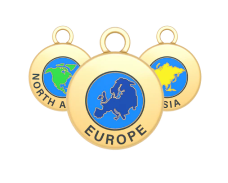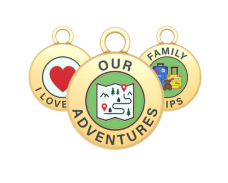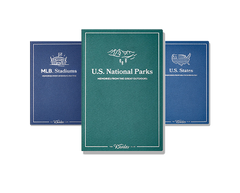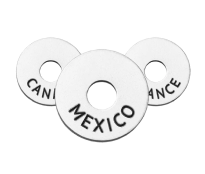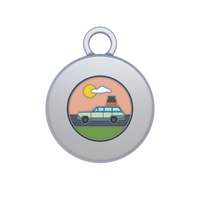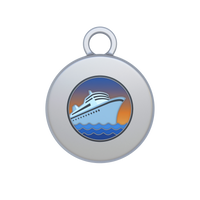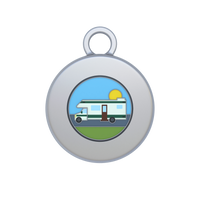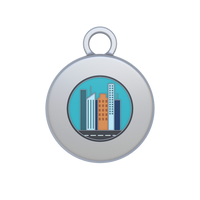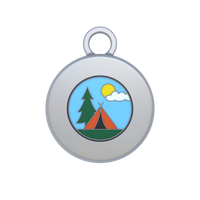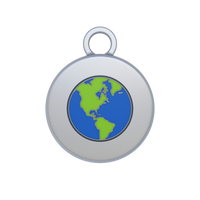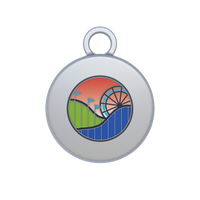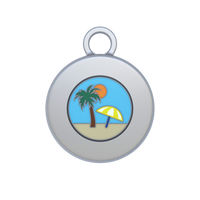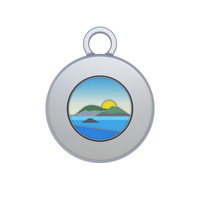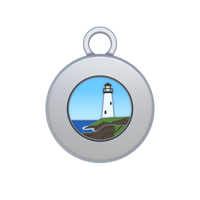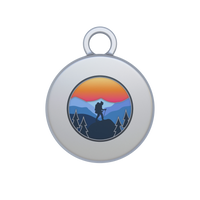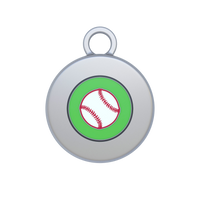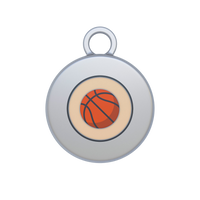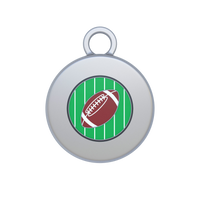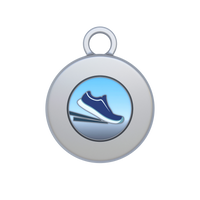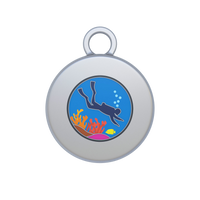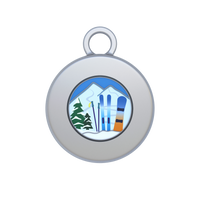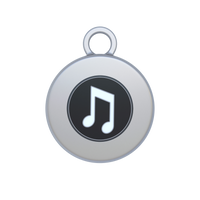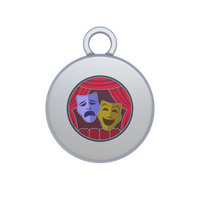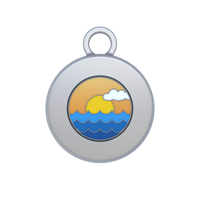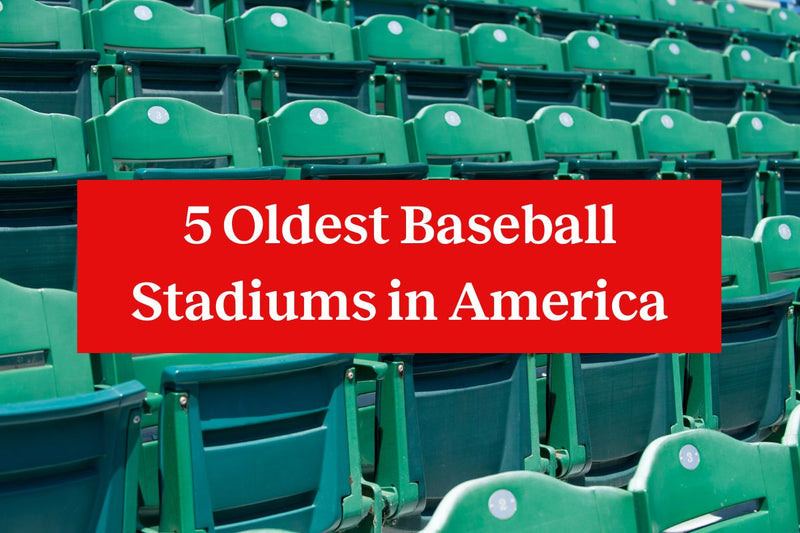
There's truly nothing like taking in a professional baseball game in person — even if you aren't necessarily the biggest sports fan! The food, the heckling, the nostalgia, it's the perfect recipe for an awesome day out!
Baseball also has a unique historical element, which again, is something most people can appreciate whether or not you're a history buff. If you're planning to catch a few games this season, why not make at least one of them at some of the oldest baseball stadiums in the country?
Whether you're mapping out a baseball stadium road trip, want to attend a game while you're in town visiting, or you're interested in cheering on one of America's most iconic teams, let's take a look at five of the MLB's oldest baseball stadiums.
The MLB's 5 Oldest Baseball Stadiums

Fenway Park, Boston Red Sox
Built: April 1912
Capacity: 37,755
Fun fact: Fenway is the smallest baseball stadium in the MLB (by far), but has the largest press box. If historic venues are your thing, curated national parks gifts are a great way to celebrate iconic American places beyond the ballpark
Even non-baseball fans are familiar with Boston's Fenway Park (seriously, who hasn't heard of the massive 37-foot Green Monster?!). Not only is it the very oldest baseball stadium in America, but it's also by far one of the most iconic.
Some may argue that the original Yankee Stadium, demolished in 2010, gave Fenway a run for its money in terms of notoriety. However, interestingly, that stadium wasn't even built until 1923!
Fenway Park officially opened just a few days after the Titanic sank, establishing itself as an important and beloved piece of American history from the very beginning. The stadium has hosted 11 World Series, of which the Red Sox won six.
The Boston Braves (yes, the team we now know as the Atlanta Braves) played and won one World Series in Fenway Park, in 1914, because it had a significantly larger capacity than their home stadium.
If you go to a game, keep your eyes open for the famous Ted Williams Seat in section 42, row 37. It's a single red seat in a sea of green, so it's not hard to spot. Williams hit a 502-foot homer into that seat in June 1946 and to this day, it's still the longest ever hit in the park's history.

Wrigley Field, Chicago Cubs
Built: April 1914
Capacity: 41,649
Fun fact: The scoreboard at Wrigley Field, which was installed in 1937, is still operated by hand to this day.
It's no secret that Wrigley Field is one of the oldest baseball stadiums in the country. It's so old, in fact, that it actually pre-dates the Cubs calling it home! The iconic Chicago ball club didn't move in until 1916.
Prior to that, Wrigley Field - then called Weeghman Park — was home to the Chicago...Whales (yes, seriously. Really rolls right off the tongue, eh?), a Federal League team for just two seasons. Another fun fact: the stadium didn't become Wrigley Field until 1927, when gum mogul William Wrigley renamed it.
Mr. Wrigley also had the upper deck built and moved the entire grandstand to the west of the stadium - on rollers! The stadium's most iconic feature, the ivy-covered outfield walls, can be attributed to Wrigley as well, as one of his general managers planted it in 1937.
Although Wrigley is the second oldest baseball stadium in the MLB, it was actually the very last to have lights installed on the field for night games. It's crazy to think about, but until 1988, it was daytime games only for the Cubs!
Another crazy thought about Wrigley Field and the Cubbies...when they won the World Series in 2016, it had been a whopping 108 years (107 seasons) since the team's last championship in 1908!

Dodger Stadium, Los Angeles Dodgers
Built: April 1962
Capacity: 56,000
Fun fact: In addition to being one of the oldest baseball stadiums in the country, Dodger Stadium is also the largest (by capacity).
In Dodger Stadium's 60-year history, just four players have ever managed to hit balls outside the park: Mike Piazza, Mark McGwire, Giancarlo Stanton, and Willie Stargell, who actually hit two balls out of the stadium, 1969 and 1973.
Are we to believe that Dodger Stadium is just that big? Well no, of course not — it's a regulation-size ballfield and "normal" stadium. Then again, the stadium does have its very own zip code. Yes, seriously; go ahead and look it up yourself. As of 2009, zip code 90090 is Dodgertown, USA, courtesy of the U.S. Postal Service.
Its own zip code is just one of many ways that Dodger Stadium is truly unique and memorable. Two of the 23 perfect games in baseball were played here (for perspective, over 218,400 MLB games have been played to date), pitched by Sandy Koufax in 1965 and Dennis Martinez in 1991. It's also one of just a few stadiums that allows visitors to bring in their own food!
If you're wondering how on Earth we know all that, it's more than just Google! We've actually taken one of the storied Dodger Stadium tours, which are offered three times a day most days, the exceptions being daytime home games and major holidays. Best of all, these tours are free!
Learning all about one of the oldest baseball stadiums in the U.S. from a passionate, ultra-knowledgeable super fan is a unique experience in and of itself!

Angel Stadium, Los Angeles Angels (April 1966)
Built: April 1966
Capacity: 45,517
Fun fact: Angel Stadium was home of the first-ever televised All-Star game in 1967.
Known affectionately as "The Big A," Angel Stadium is like a cat with nine lives. It was built as a venue strictly for baseball, but in 1980, it was remodeled to host both baseball and football, as the then- (and again, now) Los Angeles Rams played several seasons there.
To accommodate the football team, the stadium was enclosed completely and a whopping 23,000 seats were added, bringing the total capacity to 65,000 fans.
Several years after the Rams went to St. Louis, Angel Stadium was remodeled yet again. This time, the extra seats were removed and a section behind the outfield was demolished. Fans got their beautiful mountain view back and enjoyed very literally having some of the outdoors back inside.
During the time the Rams also played at Angel Stadium, the Walt Disney Company owned the team for several years (sounds odd initially, but keep in mind that the team was originally in Anaheim, home of...Disneyland, of course!). As one might expect, under Disney's ownership, an elaborate rock fountain with geyser features was installed just beyond the outfield.
In spite of several confusing team name changes over the years, The Big A stands where it always has. Today, though, it's home to the Los Angeles Angels - not the Anaheim Angels, the California Angels, or worst of all, the Los Angeles Angels of Anaheim.

Oakland Coliseum, Oakland Athletics
Built: September 1966
Capacity: 46,847
Fun fact: The Coliseum has more foul ball territory than any other stadium in baseball, primarily because it was originally built as an NFL stadium.
It's almost hard to believe, but one of the most storied, winningest teams in the MLB shared a home stadium with the then-Oakland Raiders football team for many years - which explains the massive foul territory.
The A's didn't actually have their "own" home stadium until 2020, when the Raiders moved to Las Vegas. While diehard Athletics fans fully supported the move, it was the end of an era in a way: the Coliseum was the last stadium in all of professional sports to host both an NFL and MLB team.
Today, the A's stadium is officially called RingCentral Coliseum and over the years, it's been Overstock.com Coliseum and O.co Coliseum, among other names. It's no wonder why most people refer to it as the Oakland Coliseum or even simply The Coliseum.
Unlike many of the other oldest baseball stadiums in America, The Coliseum truly hasn't been renovated much over the years. It doesn't have many modern amenities and because of that, fans and the team alike have been pushing for a new stadium for years. Could The Coliseum's lifespan be coming to an end?
So are you feeling inspired and ready to go cheer on your team at one of the oldest baseball stadiums in America? Before you head out, make sure you have the right swag.
Beyond your favorite ball cap and t-shirt, a Baseball Glove Wanderchain makes an awesome (and actually practical!) accessory. You can show off your team spirit while also keeping your keys organized, and the Wanderchain easily clips onto bags or belt loops. Best of all, though, each one is handcrafted and re-purposed from vintage American baseball gloves!
